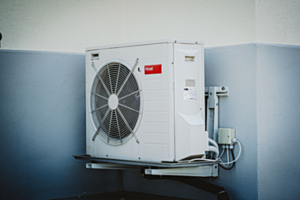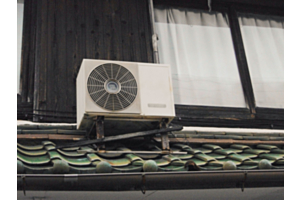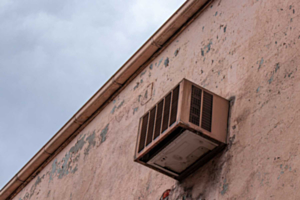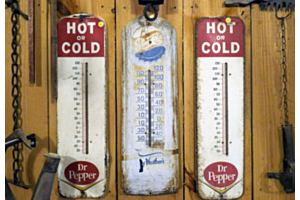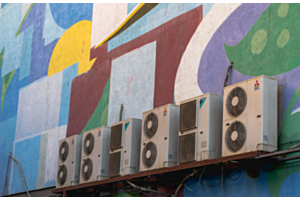Mini Split Low Refrigerant Symptoms

Ductless mini splits are amazing for a lot of things, like efficiently cooling and heating your home, saving money on your utility bills, operating quieter than traditional HVAC, and being better for our planet.
Yet one thing they don’t do is actively tell you how much refrigerant is left in the unit. Usually, it’s not until a ductless mini split begins having problems that most people realize that something might be wrong with the level of coolant.
Before it gets to that point, here are some symptoms to keep an eye out for that indicate you’re running out of refrigerant.
Liquid Is Leaking
Drip, drip, drip. What is that liquid you can hear coming out of the compressor outside that has formed a puddle around the concrete slab the compressor is on?
That would be liquid air.
Wait, what? Allow us to explain.
You see, when a mini split has low refrigerant levels, the compressor’s air supply is a lot likelier to freeze. When that frozen air is expelled from the compressor, if the weather outside is warmer than the conditions of the compressor inside, the frozen air will melt.
It becomes liquid droplets that spill out of the compressor.
Now, a dripping compressor can also indicate a coolant leak, but either way, something is wrong with your coolant system.
The Compressor Is Frozen
Without enough coolant in the system, the compressor can begin generating heat that insulates the interior.
The condenser coils usually produce cool air, and that cool air can cause the coils to freeze.
Interestingly enough, frozen coils happen when you’re using your mini split to warm your home or commercial building.
If you’re running the mini split for cooling, then the evaporator can freeze, which is troublesome as well.
When parts of your mini split freeze, the unit cannot work as intended.
The Mini Split Just Seems Off
If you’ve had your ductless mini split for long enough, then you should have a good idea of what it’s like when it’s working well versus when it isn’t.
While a lot of things can cause a mini split to malfunction or work at less than 100 percent, low coolant levels are a good place to start!
Once you’re sure that your refrigerant levels are low, should you try to refill them yourself? No, that’s not exactly a wise idea.
Too much refrigerant can be just as bad for your mini split as too little, albeit in different ways. An excess of coolant can make your mini split run louder than usual, reduce the stability of the mini split’s temperatures, and might even prevent the mini split from powering on.
Instead of trying to make this a DIY job, call your mini split technician and let them know what’s going on. Once they’re aware of the situation, they can refill the coolant levels in a jiffy and you can get back to enjoying your mini split the way it’s supposed to run, perfectly.


